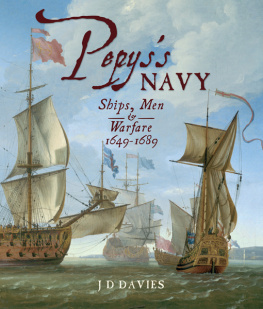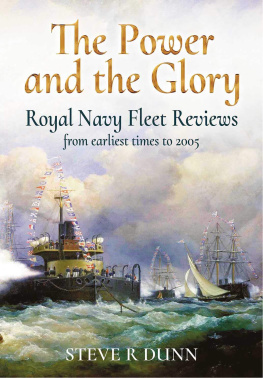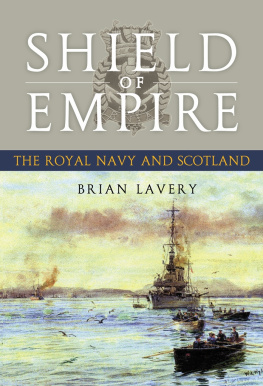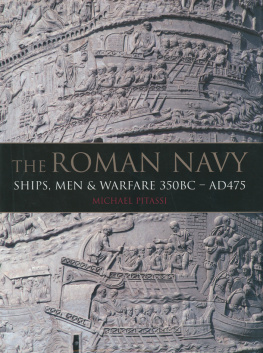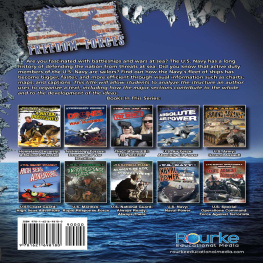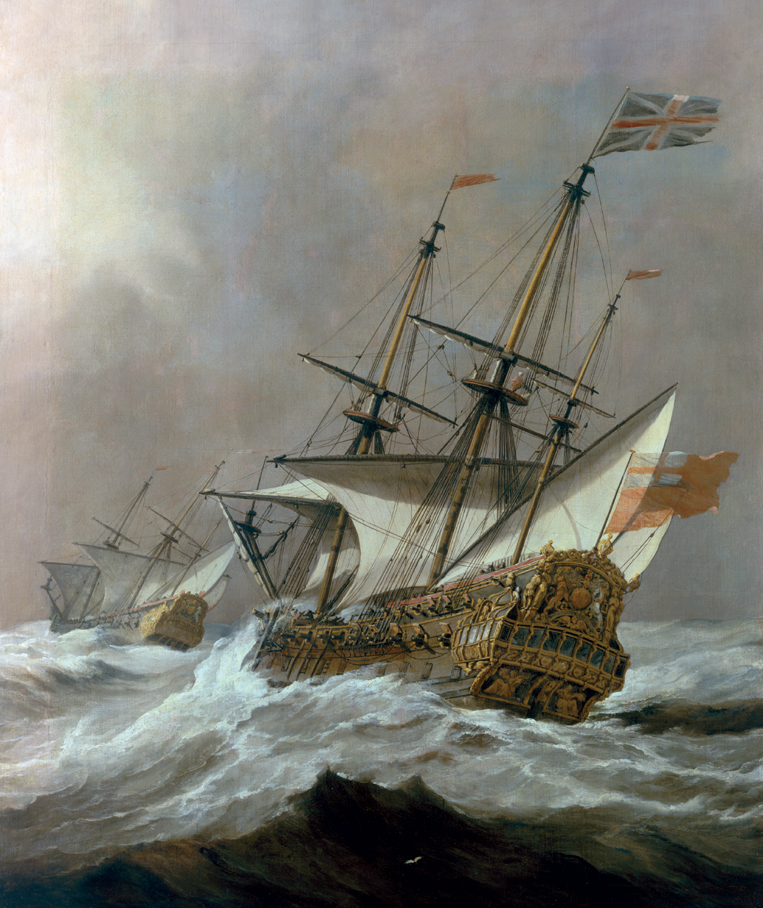
The Resolution, serving as Admiral Sir Thomas Allins flagship in the Mediterranean in 1668, hence the Union flag at the main. Van de Veldes famous painting, probably commissioned by Allin, shows her contending against a strong gale.
(NATIONAL MARITIME MUSEUM, GREENWICH)
Copyright J D Davies 2008
First published in Great Britain in 2008 by
Seaforth Publishing,
Pen & Sword Books Ltd,
47 Church Street,
Barnsley s70 2as
www.seaforthpublishing.com
British Library Cataloguing in Publication Data
A catalogue record for this book is available from the British Library
ISBN: 978 1 84832 014 7
PDF ISBN: 978 1 78346 556 9
EPUB ISBN: 978 1 78383 022 0
PRC ISBN: 978 1 78346 789 1
All rights reserved. No part of this publication may be reproduced or transmitted
in any form or by any means, electronic or mechanical, including photocopying,
recording, or any information storage and retrieval system, without prior
permission in writing of both the copyright owner and the above publisher.
The right of J D Davies to be identified as the author of this work has been
asserted by him in accordance with the Copyright, Designs and Patents Act 1988.
Maps by John Richards
Schematic drawings by Tony Garrett
Typeset and designed by Roger Daniels
Printed and bound in Thailand
Dedicated to the memory of
C J (Cy) Davies (19021979)
who started it all
Contents
Preface
T HIS IS A BOOK about one of the most important periods in the history of the Royal Navy. In the forty years that it covers, the navy became a permanent national institution, equipped with larger warships, fighting with new and more effective tactics, commanded by an increasingly professional officer corps, and administered by a comparatively committed set of men and a relatively effective set of institutions. It is not a book about Samuel Pepys, who stood at the heart of it all; but naturally, he appears in it many times. He wrote more far more about the navy of his day than any other contemporary, and I have called extensively upon his published works, including his famous diary, and his voluminous unpublished papers. But I have also tried to avoid the temptation to see the late seventeenth-century navy through Pepyss eyes alone, using less familiar material from other archives and a steadily increasing body of published research to reconstruct the lives and viewpoints of the thousands who served with and beneath Mr Pepys.
The book was inspired in part by Brian Laverys seminal work, Nelsons Navy (1989). I have followed Brians section and chapter headings as far as possible, so that readers can make easy comparisons between the two periods if they wish. Inevitably, though, there were significant differences between the navies that Pepys and Nelson served a fact not often appreciated by those who assume that many aspects of the sailing navy always remained the same and this is reflected, for example, in the rather greater attention paid to strategy, tactics and battles in this book (on the grounds that readers are often less familiar with the conflicts of this period than with those of Nelsons). I have given less space to the Marines, which was a small, new and impermanent force in Pepyss period, and rather more space to such topics as religion, which was more important in the navy of the seventeenth century than it was in Nelsons day. In some cases, as in the case of the organisation of ships companies, there is simply very little evidence of how things were done in Pepyss time. I have also given less space to those aspects of naval life that are quite similar in the two periods, especially if the topics concerned have been treated at length in modern works. Many aspects of the fitting of ships have been covered by the likes of Peter Goodwin, Brian Lavery and James Lees, in works cited in of this book; seamanship throughout the age of sail has been examined in great depth by John Harland in his Seamanship in the Age of Sail (1984). Similarly, many chapters are based primarily on published works, particularly if they have covered the themes in question fairly recently; for instance, having examined many aspects of the lives of officers and seamen of the period in my previous book, Gentlemen and Tarpaulins: The Officers and Men of the Restoration Navy (Oxford, 1991), I naturally called on it when writing on the same themes this time. But many other aspects of the navy of the late seventeenth century have had relatively little coverage in print, and in those cases, I have depended rather more heavily on original manuscript sources.
, I have provided case studies of three of the battles of the period. My choice of the three was entirely subjective, although each of the battles chosen provides interesting insights into the conduct of naval warfare during the period.
Many books of this sort are collaborative efforts, but this is particularly true of this work. I am very fortunate to have been able to call on the generous advice, enthusiasm and encouragement of Ann Coats, Richard Endsor, Frank Fox and Peter Le Fevre, who have read and commented critically on the sections of this book that reflected their particular expertise. They have saved me from many errors, and I am deeply grateful to them all; any mistakes that remain are entirely my own responsibility. I am also grateful to James C Bender for allowing me to cite his remarkably detailed and informative blogs on the Anglo-Dutch wars. Particular thanks are due to Arnold and Henry Kriegstein, who generously provided me with photographs of some of the ship models in their outstanding collection, and to Don Preul of the United States Naval Academy, who took new photographs of some of the Academys fine models specifically for this work; also to F B Cockett for his permission to use images of paintings from his collection. A special word of thanks is also due to Tory Harte of the National Maritime Museums picture library, whose efforts on my behalf were above and beyond the call of duty. I would also like to thank the staffs of the libraries and other institutions where I carried out the research for this book, especially the Bodleian Library (Oxford), the British Library, the Institute of Historical Research, the National Archives, the National Maritime Museum and the various other national and local repositories cited in the references. My thanks also go to the Master and Fellows of Magdalene College, Cambridge, and the Marquess of Bath for granting permission to study and cite the manuscripts in their care. I am also grateful to Julian Mannering of Seaforth for his encouragement and patience. Finally, my greatest thanks are due to Michael and especially to Wendy, who found themselves sharing their lives with Samuel Pepys, several hundred long-gone ships, many thousands of dead mariners and four decades of naval history. Although it got a bit crowded at times, they never complained, and provided the support that enabled this book to be finished.
J D DAVIES
Bedfordshire
1 April 2008
Key Dates
Dates throughout the book are given in Old Style, which was 10 days behind the calendar used on the continent (thus the Dutch date the battle of Lowestoft to 13 June 1665, not 3 June). The year is taken as beginning on 1 January, not 25 March as was technically the case at the time.
1648 | Revolt in the fleet, several ships defect from Parliament to the Royalists |
1649 | January | Execution of King Charles I |
February | First generals-at-sea appointed |
Next page
